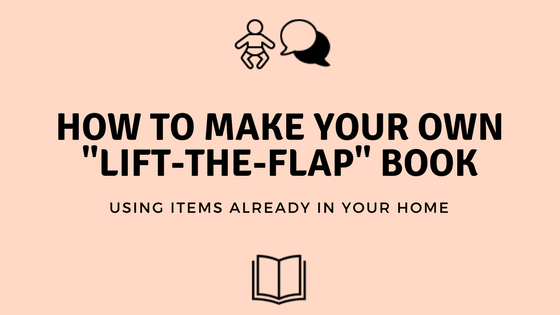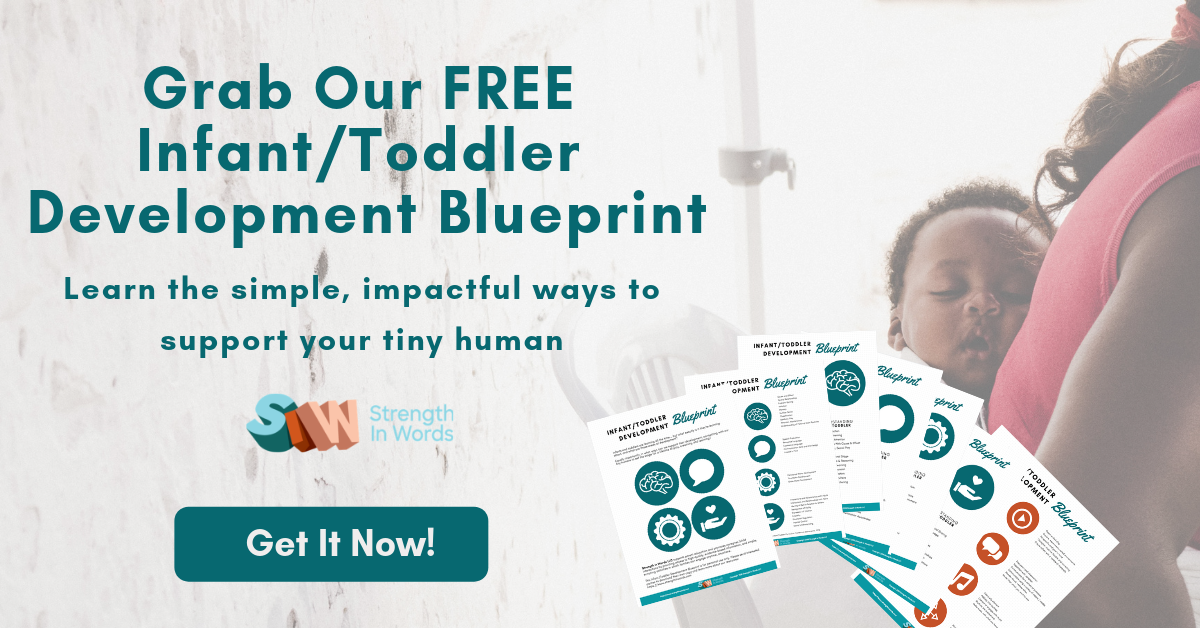“My son hears three languages in the home, and I know it’s common for children growing up multilingual to start to speak later.
I don’t like the idea of ‘manipulating’ a situation to get him to speak, but I recently realized that there are ways to naturally tempt him to respond.
For instance, when I sing a song that he loves, I often pause at the end of a verse for him to vocalize and “sing” back to me.”
Twinkle, twinkle, little ____. How I wonder what you ____. Up above the ____ so high, like a ____ in the ____.
I’m pretty sure we can all fill in the blanks here.
(Your just-in-case Key: star / are / world / diamond / sky).
There is a fancy word for the kind of game I just played with you.
The strategy I used is called a “cloze procedure,” and it is essentially a fill-in-the-blank game. All you really need is your voice, and a familiar song.
The use of a pause is the magical ingredient.
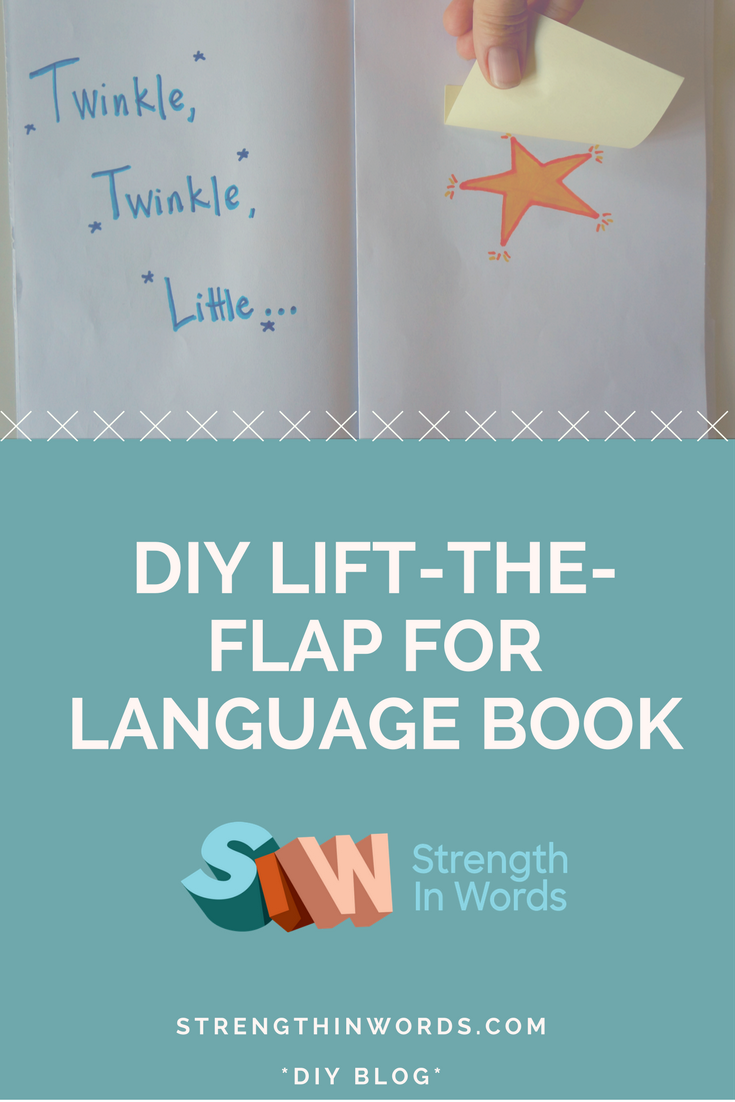
In the corresponding podcast episode, “The Power Of The Pause,“ we spoke all about this strategy, and I modeled two musical activities in which to embed the cloze procedure.
There are so many ways to utilize this strategy to enrich our interactions with our infants and toddlers, but two of my favorite ways are through music and book-reading activities… and whenever I can combine those two things in my family, I do!
I’ve made my own DIY “Lift-The-Flap” book to encourage communication, and the content is our very own familiar “Twinkle, Twinkle” song (your book can be any song or rhyme!).
There are so many wonderful picture books out there with repetitive phrases or repeating lines that make it easy to anticipate what’s coming, and for you to pause and wait for your little one to gesture (i.e., point to the picture, sign), gaze (at a picture), vocalize, or verbalize the word or phrase you’re pausing for.
I have a board on Pinterest with an ever-growing collection of my favorites!
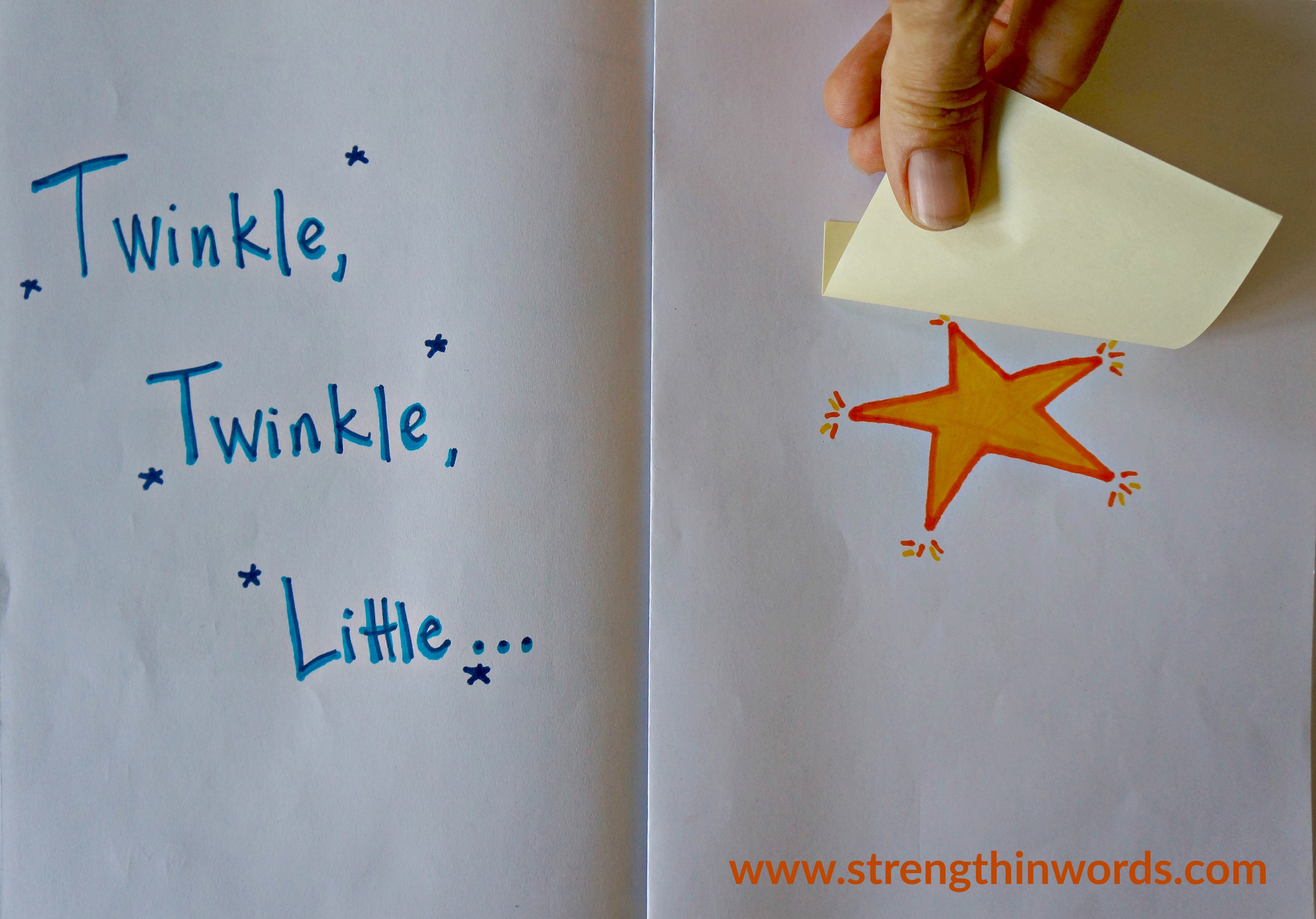
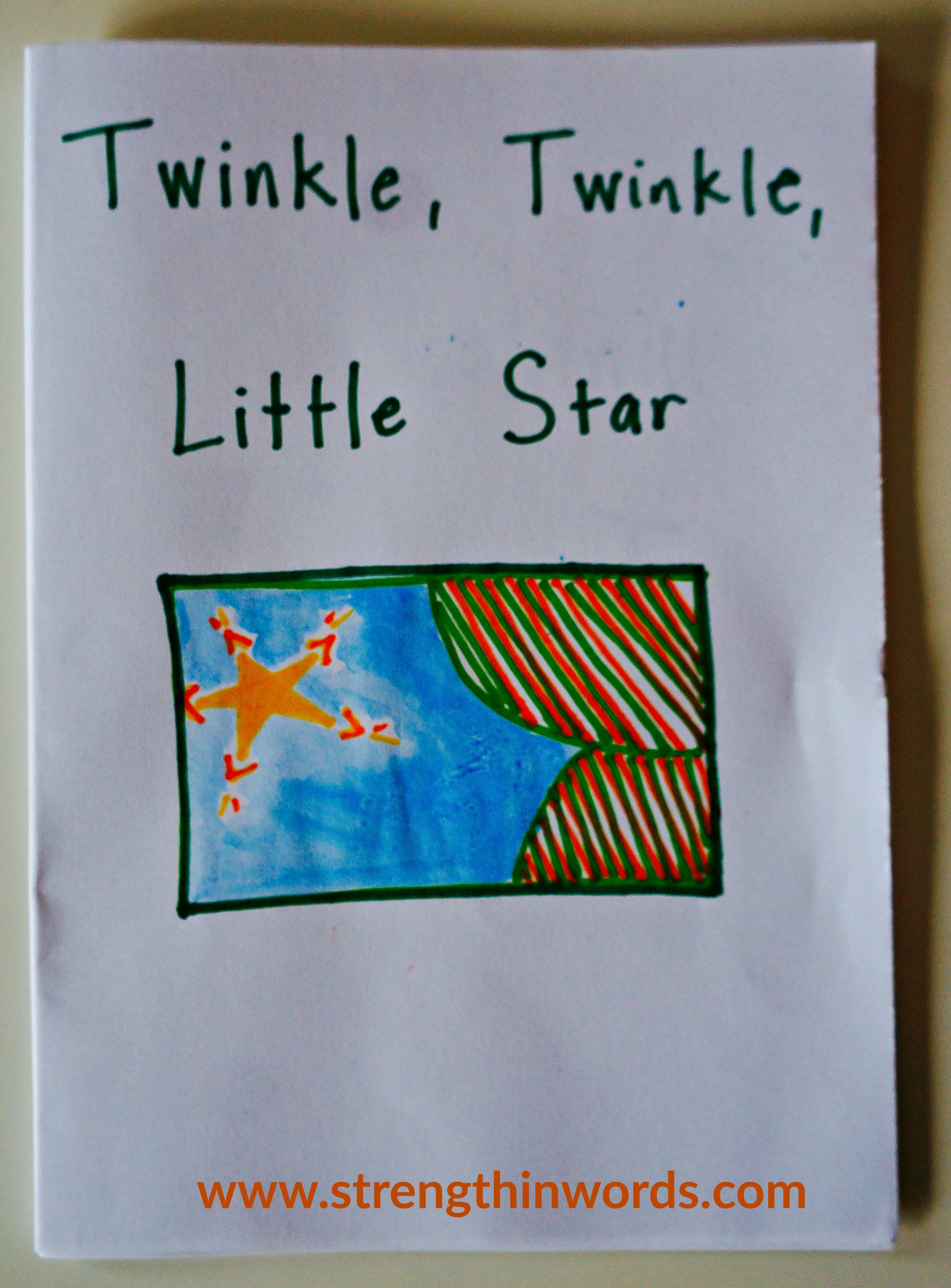
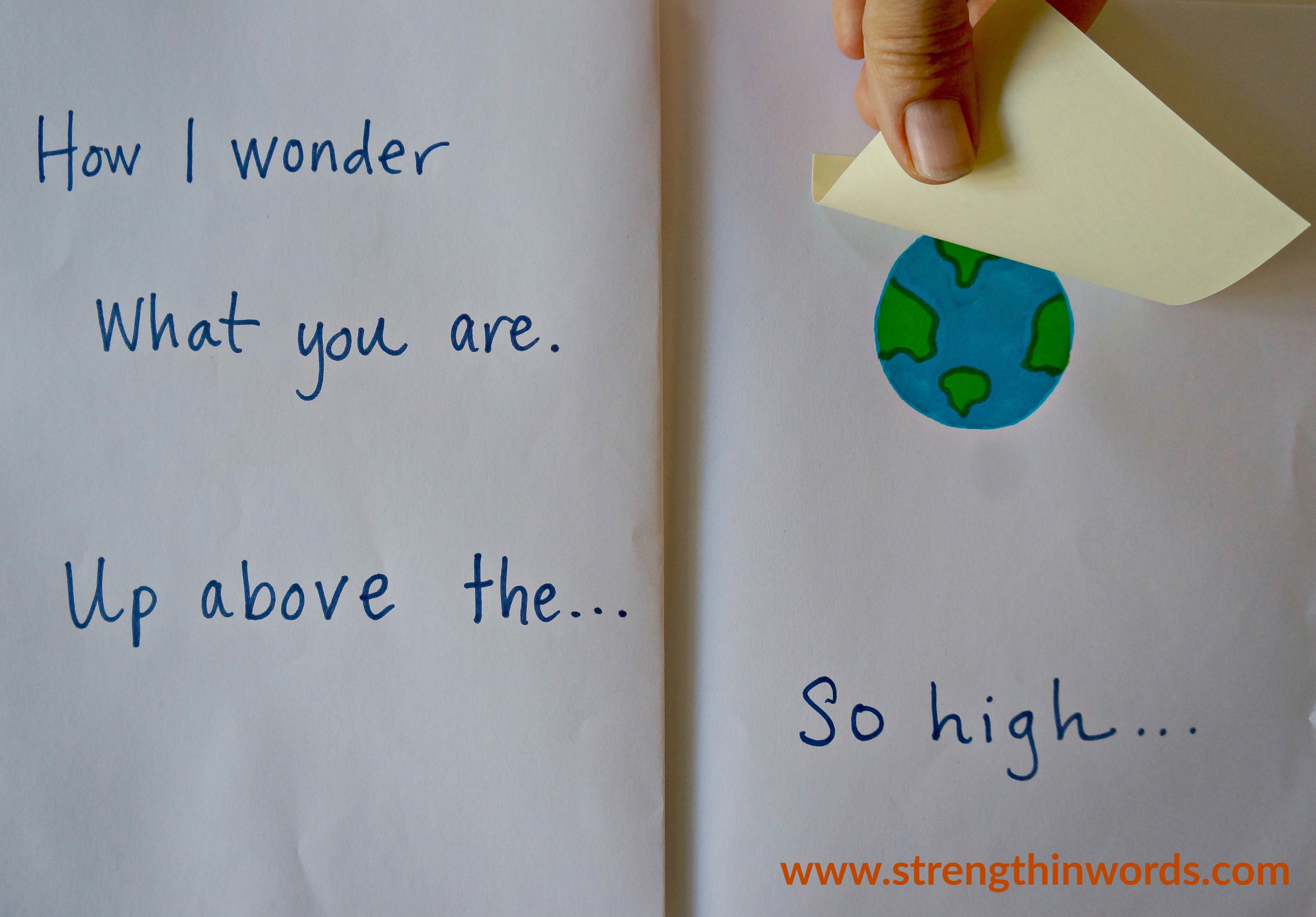
Don't Miss our Corresponding Podcast Episode!
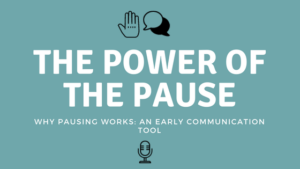
Materials to create your own DIY lift-the-flap book:
- A few pages of printer paper (or construction paper or card stock for a longer lasting book)
- A variety of your favorite coloring materials – I like the more vibrant colors, but your preference is key! (pens, colored pencils, watercolors)
- Sticky notes
- Clear tape (to add durability to your sticky note’s stickiness)
- Optional: sheet protectors to ensure a longer-lasting book
- Optional: color printer, web images representing words if you prefer not to draw!
Instructions to create your own DIY lift-the-flap book:
- Write your song out, deciding which words are easiest to represent with a drawing (or printing out your web images, taking care that they are the right size to be hidden under your sticky note!)
- Attach your sticky note over your representative drawing, reinforcing it with additional tape. If you decided to use sheet protectors, place the sticky note OVER the sheet protector so you and your little one can still manipulate it!
- Sing your song while reading the book, pausing when you arrive at the page with the sticky note.
- For excited little hands who are excited by the prospect of opening, try to introduce this activity while you have your hands over part of the sticky note, attempting to deter those fingers from simply opening without waiting for the phrase that comes before the pause!
- For a little one who’s not quite sure what to do with the sticky note, take a nice pause, and then give a prompt with your finger, indicating how they can lift up the note to see what’s inside. If that’s not enough, look excitedly underneath, and point or say “wow!” If that’s not enough, tell him while showing him, “lift it up with your finger – something is underneath!” – remember, it’s easy to over-prompt, and we want to give the least amount of help necessary!
- Honor your child’s attempt to communicate – or the idea that in that moment, he might not be interested! Remember to pause and wait for him to process what he sees (the book), what he hears (the song, the fact that you’ve paused expectantly), and what he needs to do with his body (organize the fine motor task of moving that sticky note off the picture with his fingers).
- Don’t expect your child to know what’s coming if he’s never heard the song before! Even if he’s familiar with the song and not with the book, you might read it through once before expecting him to engage directly with it. Once he is comfortable with the song and the book, honor his level of communication, and model back a step (or two) above what he offered.
- If he touched the sticky note (but was unable to open it himself), you might help him to open it, and then point to the picture and say/sing the word
- If he pointed to the star, you might point, nod, and sing/say the word, “star”
- If he vocalized, you might tell him, “I like your singing!” and then sing/say the word
- If he verbalized the word, you might repeat it back to him and then talk about what color / shape / other quality it has
Ages
- This is another easy activity to modify for almost any age or developmental ability level.
- Even young infants will benefit from early literacy activities and hearing your voice. Don’t be afraid to pause with a very young one, as well, as you lift the flap and show her what’s underneath.
- Simply be aware of your little one’s level of communication, and honor what he is able to offer, modeling the full word or phrase with an adult pronunciation (as illustrated above).
This post contains affiliate links. All activities described by Learn With Less assume close and continuous supervision of the child by an adult.
